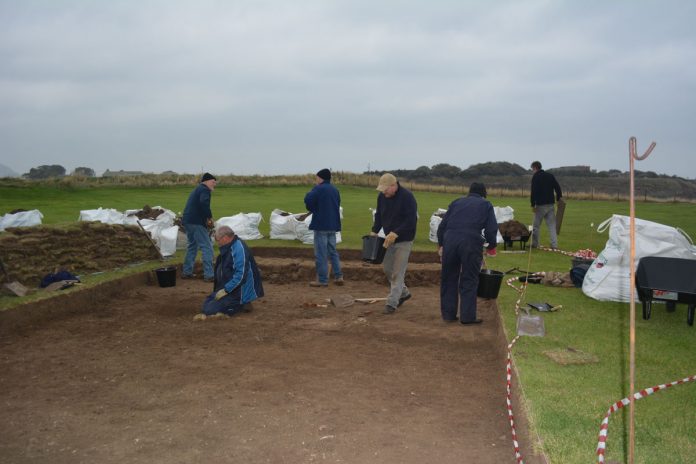Archaeological Techniques: An Introduction
Start Date:
Monday 5th October 2015
This online course describes the techniques used by archaeologists to learn more about remains, objects and structures from the past.
We will look at excavation, radiocarbon dating, dendrochronology (tree ring dating), microscopy techniques, palynology (pollen analysis), magnetometry, resistivity and provenancing. Students will see many examples of the application of these techniques in archaeology today, from the scientific sourcing of the Stonehenge bluestones to the treatment of the waterlogged wood of the Norfolk ‘woodhenge’.
The course also looks at how ethnoarchaeological studies have added to our knowledge of the past and we will consider how data is interpreted, the theory behind these interpretations, and the dynamic relationship between interpretation, theory, and the material remains.
Delivery: Distance Learning (Online)
Deadline for registrations: September 26th 2014
NB: Late entrants will be able to work through and catch up on the material they have missed – or they can skip the missed weeks and concentrate on the material at the point where they join the course – but unfortunately we cannot offer fee reductions or course extensions for late entrants.
Tutor details
How to register
Course preparation
Syllabus Plan
Week 1: What is archaeology?
Week 2: Site formation processes
Week 3: Field survey
Week 4: Aerial photography
Week 5: Geophysical survey
Week 6: Excavation
Week 7: Studying artefacts
Week 8: Studying artefacts: provenance
Week 9: Principles in environmental archaeology
Week 10: Techniques in environmental archaeology
Week 11: Environmental archaeology: pollen
Week 12: Landscape archaeology: maps and documents
Week 13: Landscape archaeology: landscape and environment
Week 14: Landscape archaeology: case study
Week 15: Dating: principles
Week 16: Dating: radiocarbon
Week 17: Dating: dendrochronology
Week 18:Experimental archaeology
Week 19: Ethnoarchaeology
Week 20: Archaeological theory – its history and future
Learning / Teaching Methods
This course is delivered via the internet using an online system called ELE: the Exeter Learning Environment. Students will be given a username and password to log in to the course. A ‘unit’ of course material will be released every week for students to work through and class discussions on the material will take place in the online forum.
Class discussions are asynchronous – i.e. students do not need to be online at a ‘set’ time – they can leave and collect messages from the online discussion environment at a time suitable for them.
A chat room facility is also available. This is entirely optional, but students can arrange a mutually convenient time to communicate with each other ‘instantly’, by means of this facility, if they would like more immediate contact with others studying this subject.
Assignments
Throughout the course, students will be given questions and ideas to respond to in the online discussion area, as well as self-test exercises, all of which are optional.
In addition to this, students will be given the opportunity to write an optional essay of 1000-1500 words, based on an question which will be provided. Students who choose to do this assignment will receive tutor feedback on their work.
Assessment
As this course is non-credit-bearing there are no exams or assessments.
Intended Outcomes
This course will help students to develop:
- Knowledge of a series archaeological methods and techniques.
- Their ability to compare the uses and limitations of one technique over another in different circumstances.
- Their ability to match the appropriate technique to a relevant archaeological issue, question or material type.
Reading List
There are no required texts for this course but recommended reading is
C.Renfrew and P.Bahn 2004 Archaeology; Theories, Methods and Practice. Thames & Hudson
K.Greene 1997 Archaeology: An Introduction


